
Plant
15:27, 17-Feb-2019
Prickly pears: 'Green gold' in the desert
CGTN
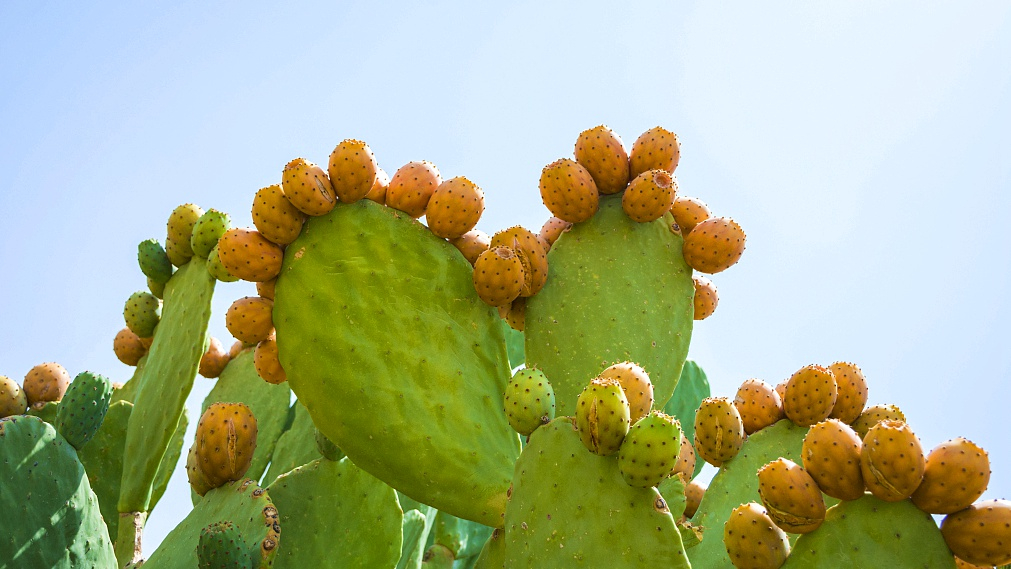
Scientific reports indicate that the Opuntia species of prickly pears which thrives in arid regions like Algeria's northern Sidi Fredj contains a plethora of virtues.
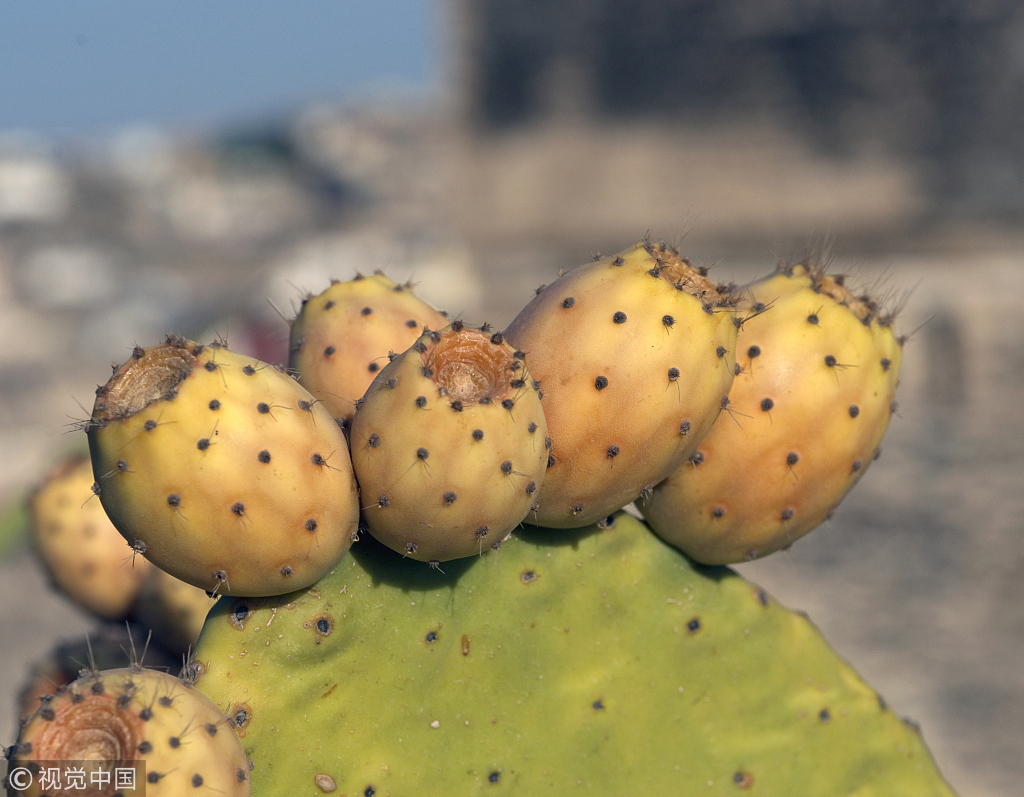
Prickly pears /VCG Photo
Prickly pears /VCG Photo
Everything from the cactus, once considered sacred by the ancient Aztecs, can be transformed to yield nutritional and medical benefits except for its prickly spines.
The green spiny discs known as cladodes are used for fodder while their tender inner flesh is a star of the cuisine of Mexico, where the cactus originated and figures on its national flag.
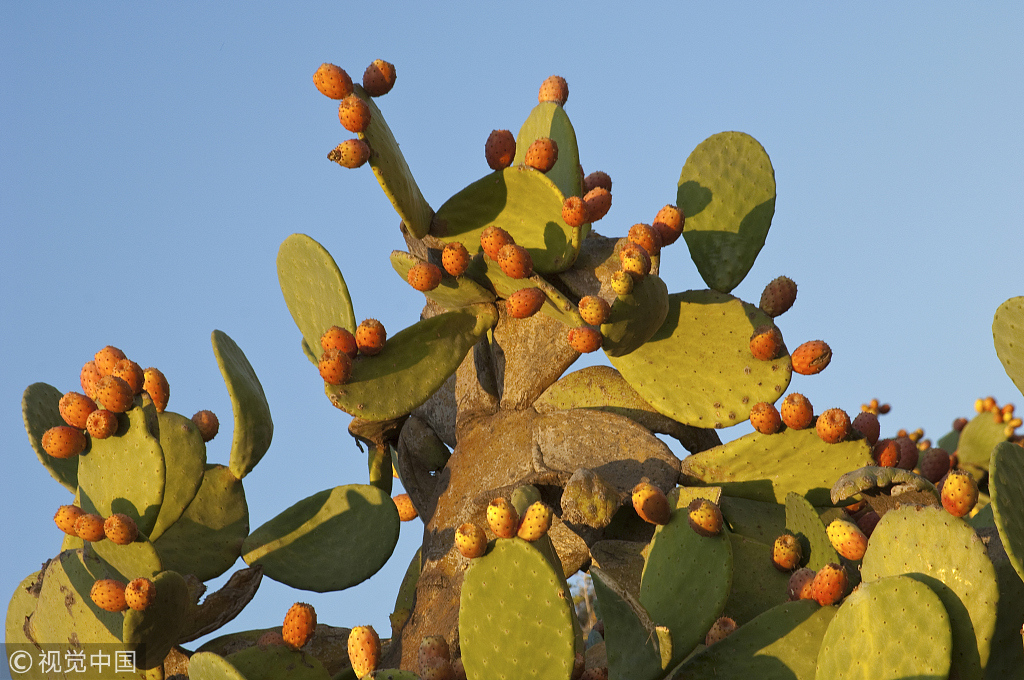
Prickle pears on cactus /VCG Photo
Prickle pears on cactus /VCG Photo
Oil extracted from the seeds of fruit has antioxidant benefits and is used in cosmetics for its anti-aging properties, besides being rich in vitamin C, calcium and magnesium.

Flowering and fruiting Prickly pear /VCG Photo
Flowering and fruiting Prickly pear /VCG Photo
The flowers of the cactus go into making herbal tea while the pulp of the red fruit is turned into juice, vinegar, jams, and even sorbets.
A 2017 study by the United Nations Food and Agriculture Organization (FAO) concluded prickly pears could be the answer to much of the world's food security woes and prevent soil erosion.
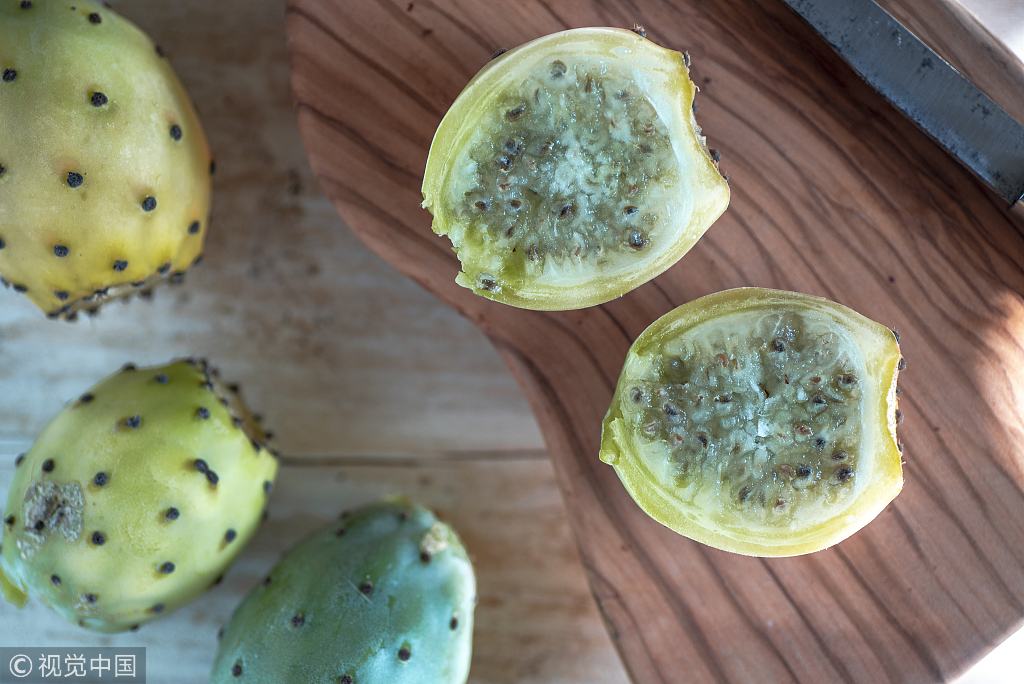
Prickle pears /VCG photo
Prickle pears /VCG photo
"While most cacti are inedible, the Opuntia species has much to offer, especially if treated like a crop rather than a weed run wild," the FAO said in its 2017 report.
It highlighted the 2015 Madagascar drought in which the "cactus proved a crucial supply of food, forage, and water for local people and their animals."
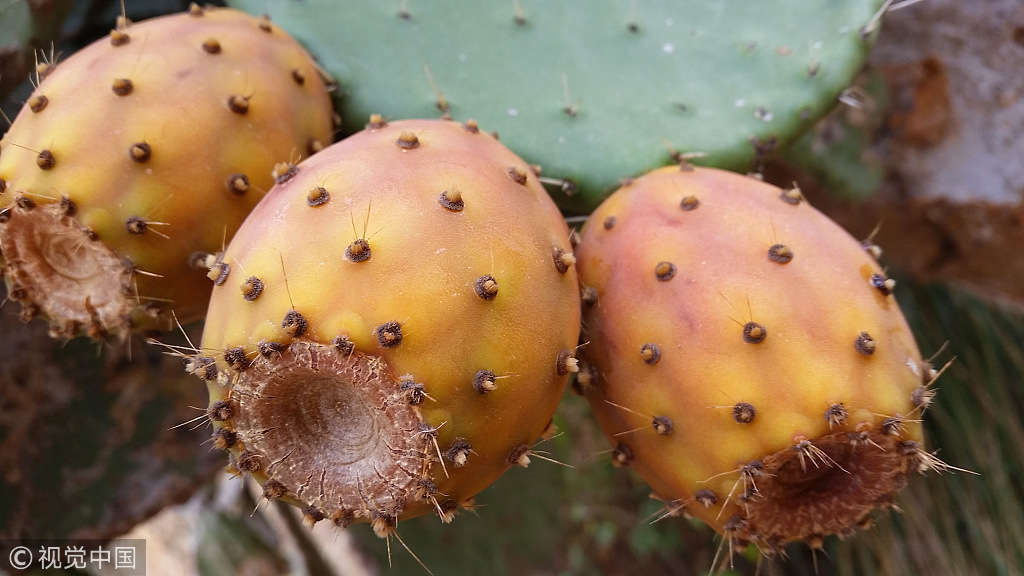
Prickle pears /VCG photo
Prickle pears /VCG photo
The FAO said in its report that beyond its immense benefits, the "humble cactus" can help fight food insecurity, improve soil quality, promote barley plantations and may even help limit emissions of greenhouse gases.
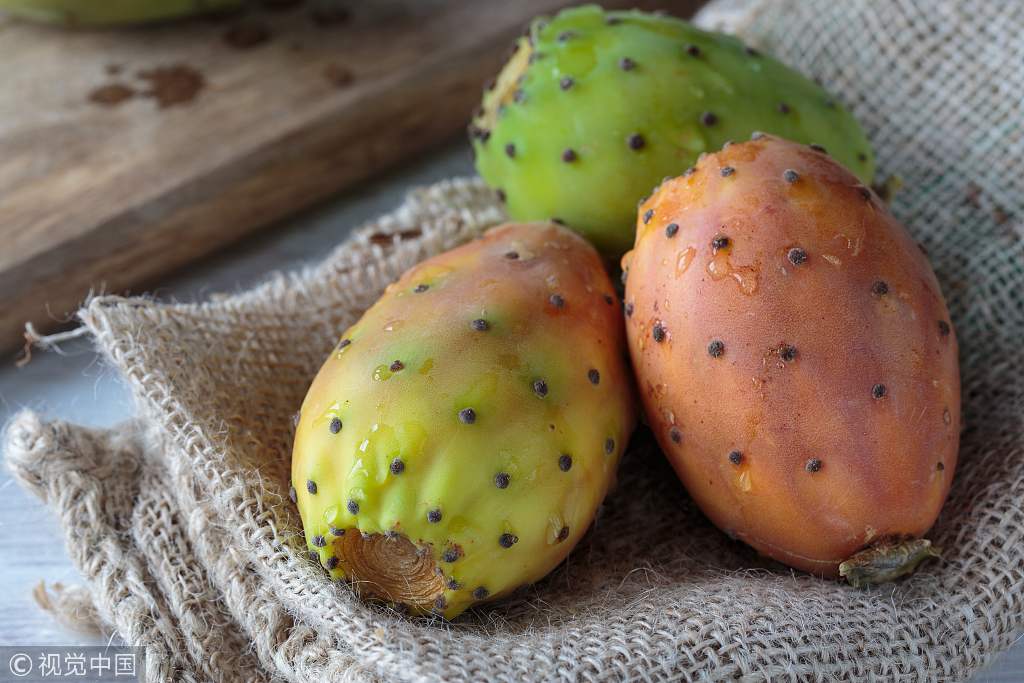
Prickle pears /VCG photo
Prickle pears /VCG photo
A "cactus stores water in its pads, thus providing a botanical well that can provide up to 180 tonnes of water per hectare – enough to sustain five adult cows, a substantial increase over typical rangeland productivity," FAO said.
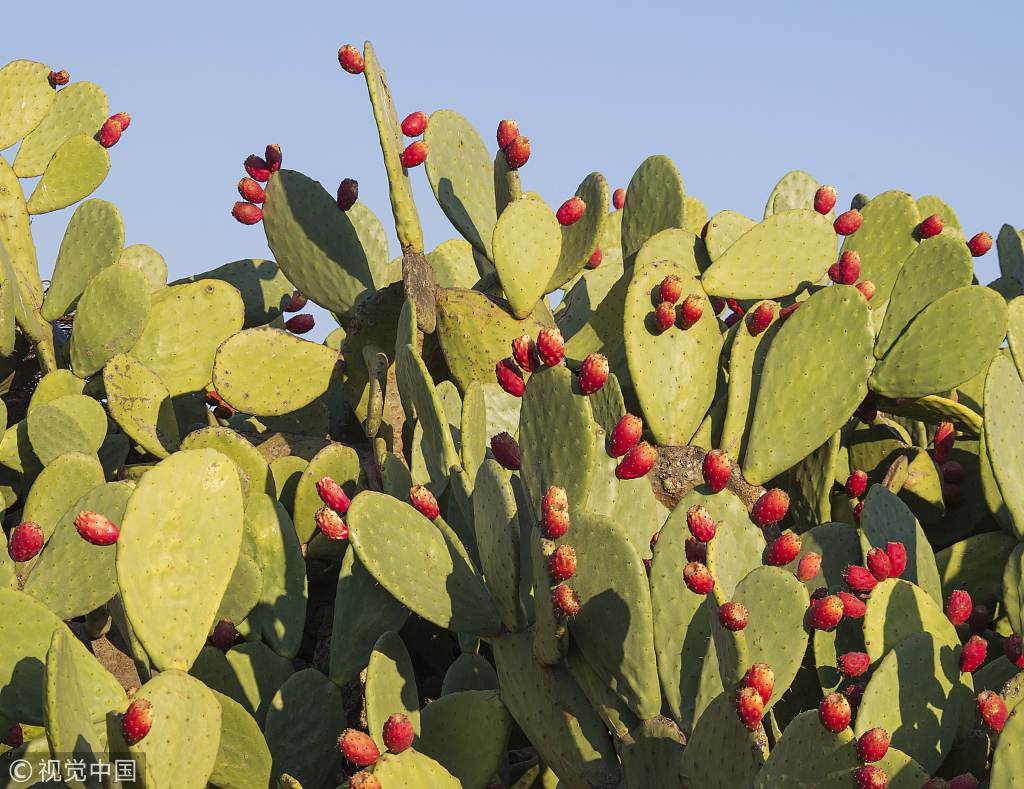
Prickly pear in Almeria province, Andalusia, Spain. /VCG Photo
Prickly pear in Almeria province, Andalusia, Spain. /VCG Photo
"Climate change and the increasing risks of droughts are strong reasons to upgrade the humble cactus to the status of an essential crop in many areas," said Hans Dreyer, director of FAO's Plant Production and Protection Division, in the 2017 report.
Source(s): AFP

SITEMAP
Copyright © 2018 CGTN. Beijing ICP prepared NO.16065310-3
Copyright © 2018 CGTN. Beijing ICP prepared NO.16065310-3